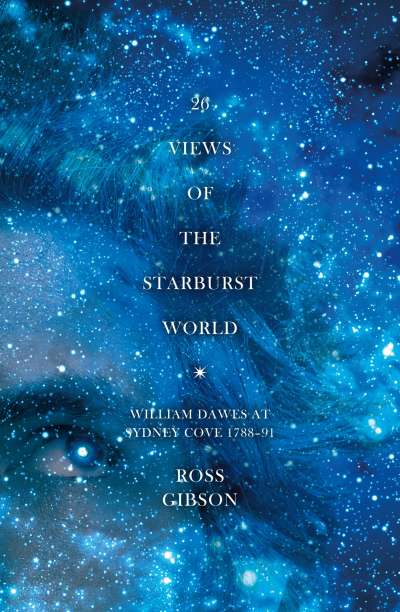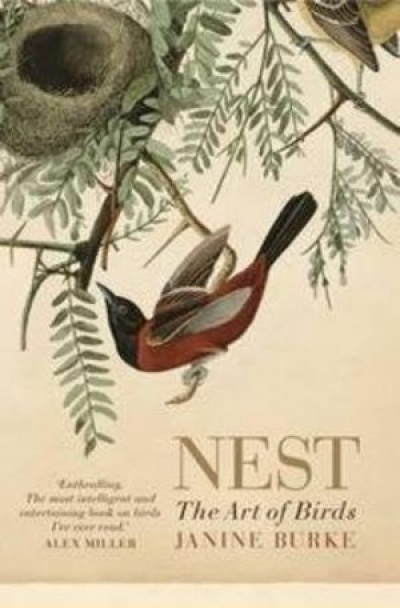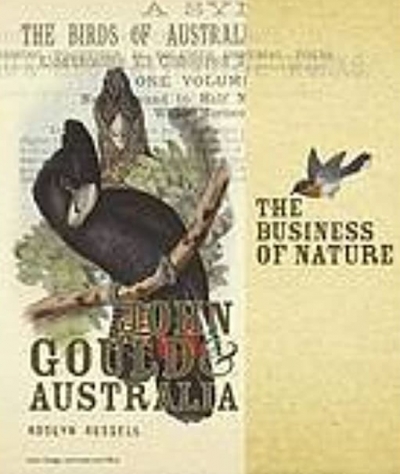Natural History
Lost Animals: Extinction and the Photographic Record by Errol Fuller
by Peter Menkhorst •
26 Views of the Starburst World: William Dawes at Sydney Cove 1788–91 by Ross Gibson
by Andy Lloyd James •
Curious Minds: The Discoveries of Australian Naturalists by Peter Macinnis
by Peter Menkhorst •
Sentinel Chickens: What Birds Tell Us about Our Health and the World by Peter Doherty
by Peter Menkhorst •
Antarctica: That Sweep of Savage Splendour edited by Alasdair McGregor
by James Bradley •
The Business of Nature: John Gould and Australia by Roslyn Russell
by John Thompson •










